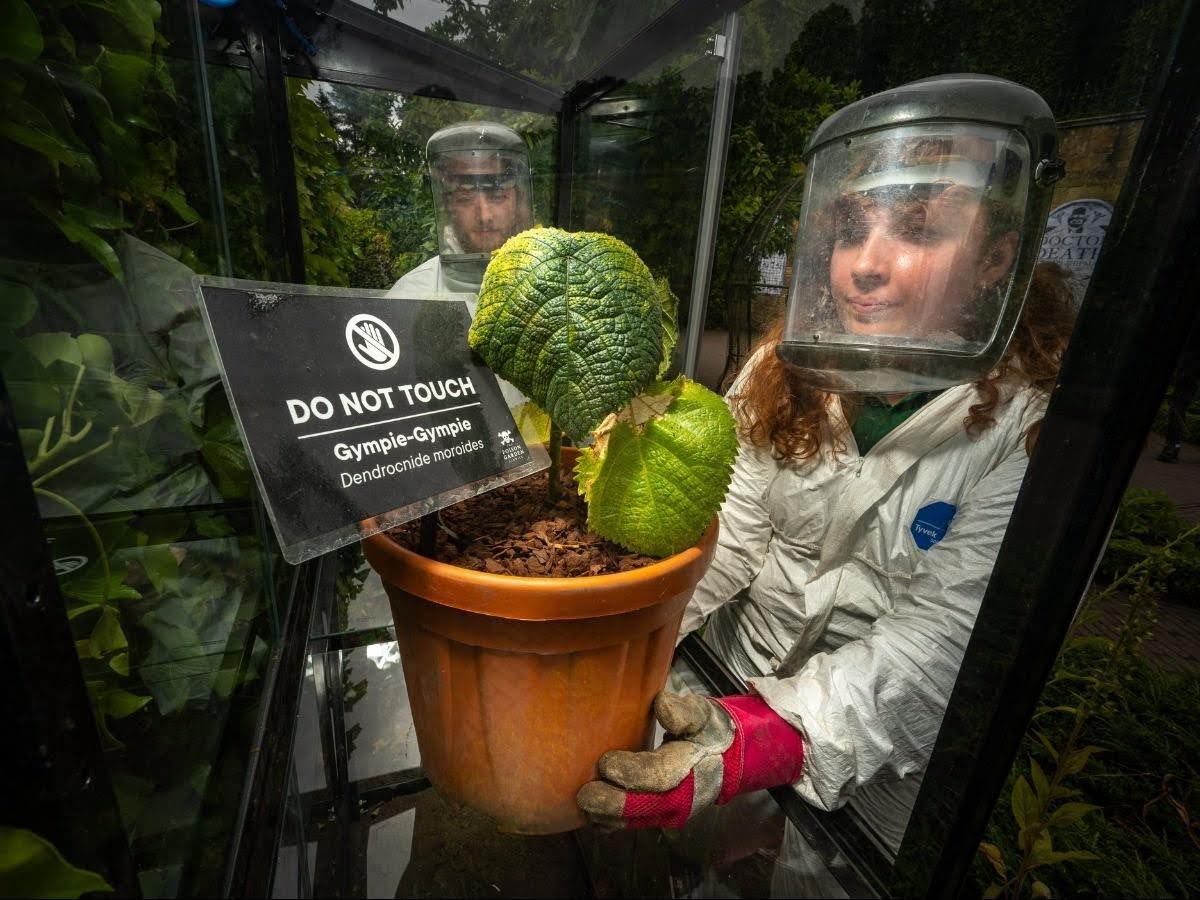The natural world is filled with fascinating and sometimes dangerous wonders, and one such marvel is the Glympie-Glympie plant, known for its excruciatingly painful sting. Originating from the rainforests of Australia, this venomous plant has recently been discovered in the UK, creating a buzz among botanists and nature enthusiasts. In this article, we will explore the characteristics, effects, and significance of the Glympie-Glympie plant, shedding light on its unique venomous properties and the implications of its presence in the UK.
Understanding the Glympie-Glympie Plant
Scientifically known as Dendrocnide moroides, the Glympie-Glympie plant is a member of the nettle family and is native to the rainforests of eastern Australia. Despite its innocent appearance, this unassuming plant possesses venomous hairs on its leaves and stems, which can cause intense pain upon contact. The microscopic hairs, known as trichomes, are barbed and contain neurotoxic chemicals, making them one of the most venomous plant defenses in the world.
The Excruciating Sting
A close encounter with the Glympie-Glympie plant’s venomous hairs can cause excruciating pain that can last for days, weeks, or even months. The sting is described as feeling like a combination of being stung by wasps, burned by acid, and electrocuted simultaneously. The pain is often accompanied by severe itching, swelling, and a persistent burning sensation, earning it the nickname “suicide plant” due to its reported ability to drive victims to madness or even suicide.
Also Read: “Have You Seen It? Rare Pink Grasshopper which is Sighted in the UK!”
Implications of Glympie-Glympie in the UK
The discovery of the Glympie-Glympie plant in the UK raises questions about its presence outside its native habitat and the potential impact on local ecosystems. Its appearance in a new region could be attributed to climate change, accidental transportation, or intentional planting by enthusiasts. The spread of such venomous plants highlights the importance of monitoring and understanding invasive species to protect native flora and fauna.
Ecological Significance and Adaptations
In its natural habitat, the Glympie-Glympie plant plays a role in the ecosystem, attracting pollinators and serving as a food source for certain insect species. Its venomous properties act as a defense mechanism against herbivores, effectively deterring animals from consuming its leaves and stems. This adaptation has contributed to its survival and persistence in its native rainforest environment.
Safety Precautions and Handling
Given the potent venom of the Glympie-Glympie plant, it is crucial to exercise caution and take appropriate safety precautions when encountering this plant. Protective clothing, gloves, and eyewear should be worn to minimize the risk of exposure. If stung, prompt and thorough removal of the hairs from the affected area is essential, followed by appropriate medical attention to alleviate the symptoms and manage the pain.
Educational Value and Public Awareness
The presence of the Glympie-Glympie plant in the UK presents an opportunity for educational outreach and public awareness. By raising awareness about this venomous plant, individuals can better understand the potential dangers associated with unfamiliar flora. Educational initiatives, signage, and communication can help mitigate the risk of accidental encounters and ensure public safety.
Scientific Research and Conservation Efforts
The discovery of the Glympie-Glympie plant in the UK also opens avenues for scientific research. Studying its behavior, distribution patterns, and potential impacts on local ecosystems can provide valuable insights into the adaptability and spread of venomous plant species. Conservation efforts can focus on monitoring and managing invasive species to safeguard biodiversity and maintain the delicate balance of native plant communities.
Conclusion
The presence of the Glympie-Glympie plant in the UK highlights the intriguing and sometimes perilous aspects of the natural world. Its venomous properties, painful sting, and potential ecological impact raise important questions and emphasize the need for understanding and managing invasive species. By studying and raising awareness about the Glympie-Glympie plant, we can appreciate the diverse wonders of our natural world while ensuring our safety and preserving the delicate balance of ecosystems.
